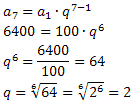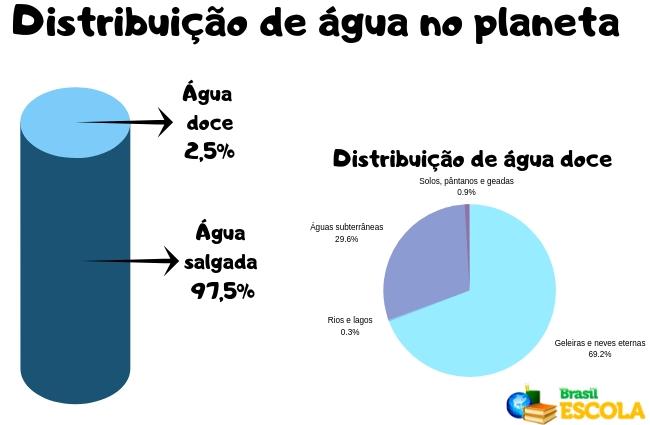As well as the DNA, RNA (ribonucleic acid) is a nucleic acid. This molecule is essential in protein synthesis, since it works as an intermediary capable of expressing the information present in the DNA. The RNA molecule is formed from the DNA molecule in a process called transcription.
→ What is RNA made of?
RNA is formed by a chain of nucleotides. Each of these nucleotides is made up of a phosphate group, a sugar and a nitrogen base. In RNA, the sugar is ribose, and the nitrogenous bases are adenine, guanine, cytosine and uracil. The nucleotides present in this structure are linked together by phosphodiester bonds.
RNA and DNA have some basic differences. The sugar found in DNA is deoxyribose, and that in RNA is ribose. Nitrogen bases are also different because, in DNA, thymine takes the place of uracil. Another important difference is the fact that DNA is made up of a double strand, and RNA is a single strand. Although it does not form double helix, RNA can form complex three-dimensional structures.
→ What types of RNA exist?
Three basic types of RNA are recognized:
messenger RNA (mRNA): This type of RNA encodes proteins as it carries the information from the DNA. Simply put, it is the mRNA that is translated in the process of protein formation, therefore called translation.
transporter RNA (tRNA): The transporter RNA, or transfer RNA, is responsible for transporting the amino acids that will form the new protein. This RNA identifies the sequence of three nucleotides that encode an amino acid (codon) and ensures that the amino acid corresponding to that information is added to the chain being formed.
ribosomal RNA (rRNA): This RNA forms the ribosomes, which are the sites where protein synthesis takes place. It is important to highlight that 80% of the RNA present in the cell is of this type.
→ What is the role of RNA in the body?
RNA, as mentioned earlier, is responsible for ensuring protein synthesis. In this process, the mRNA is read from the ribosomes, and the tRNA carries the amino acids needed to form the protein. Therefore, we can state that RNA is an intermediary molecule in protein synthesis, as it ensures that DNA is translated into proteins.
By Ma. Vanessa dos Santos
Source: Brazil School - https://brasilescola.uol.com.br/o-que-e/biologia/o-que-e-rna.htm



